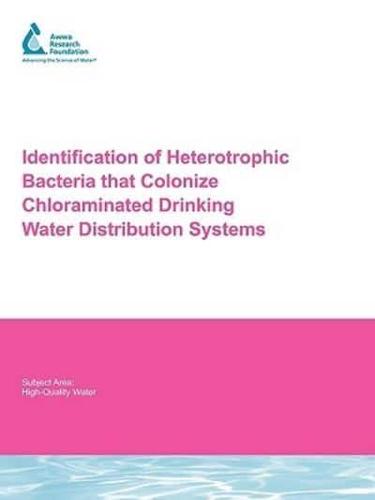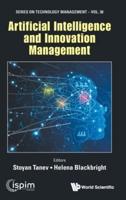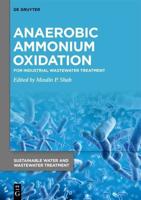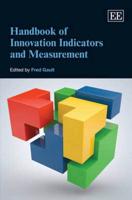Publisher's Synopsis
Bacterial regrowth in chloraminated distribution systems encompasses the growth of ammonia-oxidizing bacteria (AOB), nitrite-oxidizing bacteria (NOB), and heterotrophs. While it has been demonstrated that Nitrosomonas oligotropha and Nitrospira spp. are ubiquitous AOB and NOB, respectively, in the drinking water environment, information regarding the identity of heterotrophic bacteria in chloraminated systems is limited. This project was aimed at filling this gap in knowledge by identifying heterotrophs using a 16S rRNA-based molecular biology approach.
The objectives of this project were to (1) identify the heterotrophic bacteria that colonize chloraminated distribution systems using bench-scale, pilot-scale, and full-scale environments, (2) determine whether bench-scale and pilot-scale chloraminated systems are adequate models of full-scale chloraminated distribution systems, in regards to heterotrophic bacteria, and (3) explore the development of an automated ribosomal intergenic spacer analysis (ARISA)-based screening test to identify culturable heterotrophic bacteria in drinking water distribution systems. A molecular biology approach based on the 16S rRNA as a phylogenetic marker was used to identify the heterotrophic bacteria. In addition, ARISA was used for community fingerprinting. Finally, ARISA was explored as a rapid screening and identification test for colonies grown in agar plates.
The following environments were studied: Two bench-scale reactors simulating chloraminated and non-chloraminated environments, respectively. Two pilot-scale distribution systems operated at the University of Wisconsin (UW) and two pilot-scale systems operated by the Louisville Water Company. The UW systems evaluated chloramine dose, while the Louisville systems compared the absence of chloramines with chloramines plus chlorite. Finished water and two water tanks in the distribution system at Louisville. For all environments, only bulk water samples were analyzed.









